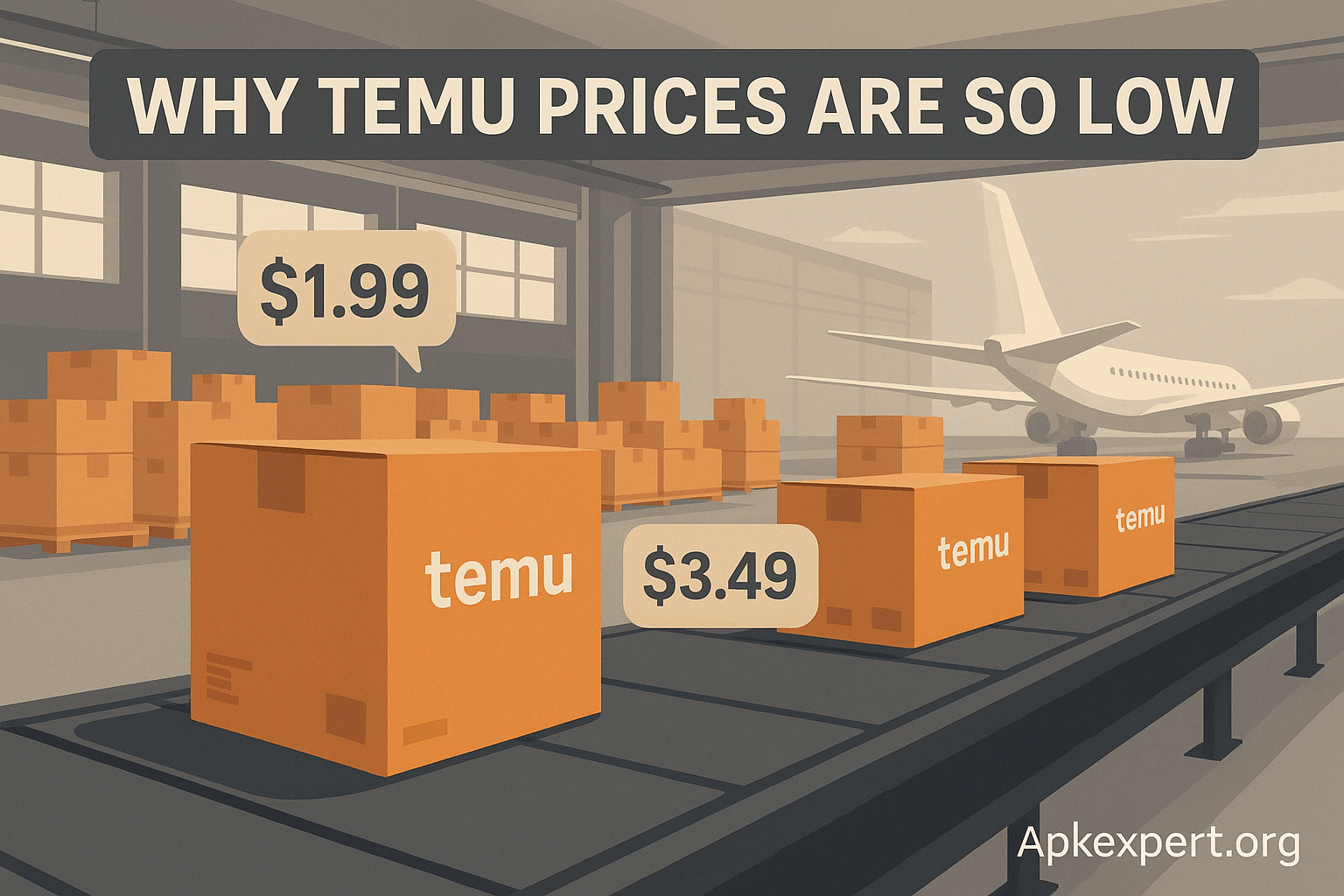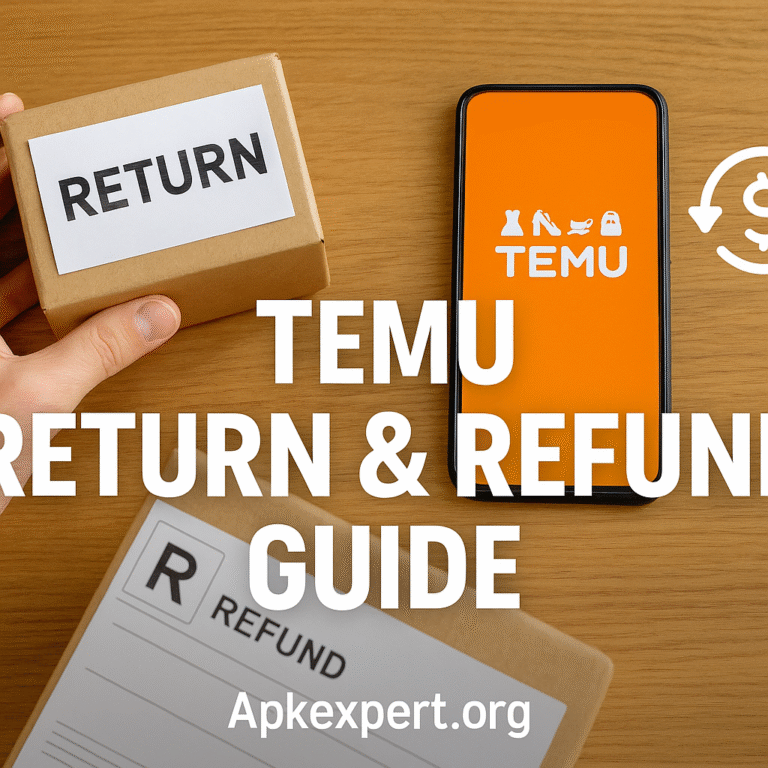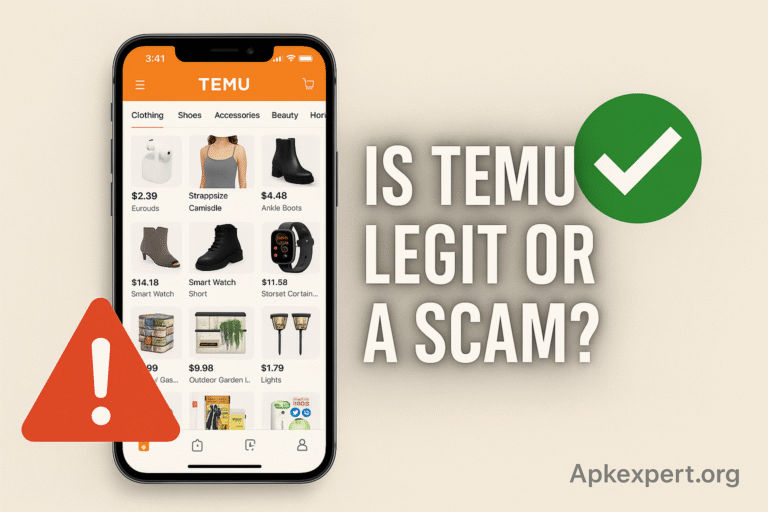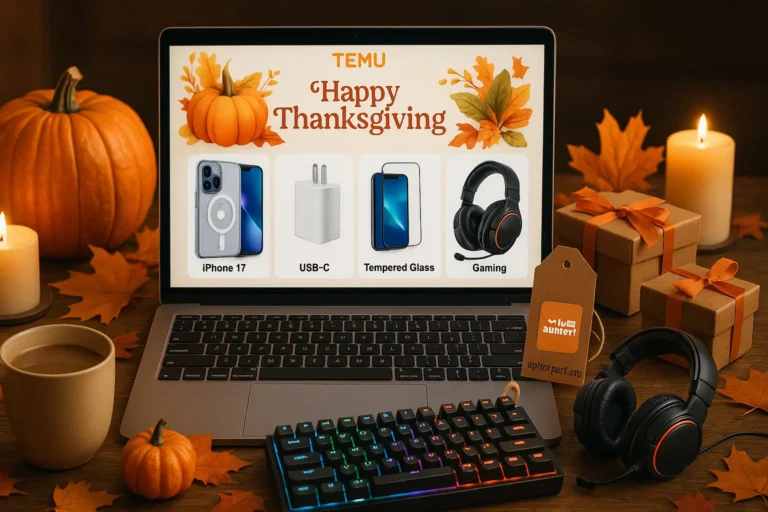How Temu Prices Are So Low: Inside Their Factory‑Direct Model
Introduction
If you’ve ever scrolled through Temu and wondered, “How can they sell this for $1.99?” — you’re not alone. From tech accessories to home goods, the prices on Temu often seem too good to be true. But there’s a business model behind it — and it’s changing global e-commerce.
This article dives deep into how Temu keeps prices so low, what the “factory-to-door” approach really means, and whether shoppers should be concerned about quality, ethics, or hidden costs.
Temu’s Pricing Model: A Quick Snapshot
-
🏭 Direct from factory (no traditional distributors or retail chains)
-
🚢 Cross-border e-commerce (products ship from Chinese suppliers)
-
📉 Low marketing & logistics costs
-
💰 Incentivized pricing (referrals, games, first-time coupons)
-
📦 Mass manufacturing scale
-
⛔ Minimal packaging, branding, and returns infrastructure
Temu’s business strategy flips the traditional retail model upside down — cutting costs at every level.
1. Direct Factory Sourcing (DTC Model)
Temu connects customers directly with Chinese manufacturers, skipping:
-
Wholesalers
-
Warehouses
-
Retail stores
-
Importers
Instead of passing through 4–6 middlemen (like Amazon or Walmart does), Temu products go from:
📦 Factory → ✈️ Cargo plane → 🏠 Your door
This allows prices to be 30–90% cheaper than Western e-commerce brands.
2. No Inventory Warehouses
Temu operates largely as a marketplace, not a seller. It doesn’t store most items itself.
✅ Sellers upload products
✅ Customers place orders
✅ Factories produce or ship the goods
❌ Temu doesn’t maintain large U.S. warehouse networks
This reduces costs — but increases delivery times (7–21 days on average).
3. Minimal Branding = Lower Prices
Most Temu products have no brand names. You’re buying:
-
White-labeled tech
-
No-name fashion
-
Generic tools
By avoiding licensing fees, influencer sponsorships, and celebrity branding, Temu saves millions — and passes that savings onto you.
💡 Example: A “smartwatch” on Temu may cost $11.50, vs. a branded $70 one on Amazon with similar core functionality.
4. Chinese Government Subsidies
Temu benefits from Chinese logistics subsidies (through China’s ePacket & UPU shipping support). This makes international shipping:
-
Almost free for Temu
-
Faster than typical AliExpress methods
-
More accessible to foreign buyers
These shipping cost reductions let them offer free delivery on orders as low as $10 — something most U.S. companies cannot do profitably.
5. In-App Incentives & Psychological Pricing
Temu’s app uses gamified strategies to:
-
Offer free items for referrals
-
Trigger discount coupons on cart abandonment
-
Encourage bulk buying with time-limited “buy 5 get 50% off” deals
These tactics reduce advertising expenses and increase cart size — both essential to the low-pricing model.
6. Ultra-High Volume = Ultra-Low Margins
Temu relies on selling millions of small-ticket items at low profit margins.
| Metric | Temu | Amazon |
|---|---|---|
| Avg. profit per item | ~$0.20 – $0.50 | ~$2 – $5 |
| Avg. order value | $12 – $20 | $35 – $70 |
| Delivery time | 7–18 days | 1–2 days (Prime) |
Temu is playing the volume game, not luxury e-commerce.
7. Cheap Labor and Materials
Most Temu sellers are based in rural China where:
-
Labor costs are significantly lower
-
Rent and overhead are minimal
-
Raw materials are sourced locally and cheaply
However, this opens concerns about:
-
Ethical labor practices
-
Lack of environmental oversight
-
Product safety standards
8. Low Customer Service Overhead
Temu offers support via in-app chat, often with automated responses or agents located overseas. There’s no hotline or premium-tier support — which saves money.
Amazon, by contrast, maintains massive customer support infrastructure across the globe, increasing operational costs.
Are There Any Hidden Costs?
Low prices come with tradeoffs:
| Risk | Description |
|---|---|
| Delayed delivery | No overnight shipping available |
| Inconsistent sizing | Especially in clothing categories |
| Poor product quality | Items may feel “cheap” or disposable |
| Difficult returns | Shipping back to China can be a hassle |
| Data privacy | App permissions and data usage often unclear |
You might save money — but you may spend more time, patience, or effort on product issues.
Temu vs. Traditional Retail Pricing
| Product | Temu Price | Shein Price | Amazon Price |
|---|---|---|---|
| iPhone Case | $1.50 | $4.99 | $9.99 |
| LED Fairy Lights | $2.25 | $5.50 | $13.99 |
| Folding Phone Stand | $1.20 | $3.75 | $7.49 |
| Makeup Brush Set | $3.49 | $6.90 | $14.95 |
Final Thoughts: Is the Price Worth It?
Yes — if you:
-
Shop casually
-
Don’t need brand names
-
Can wait for delivery
-
Enjoy exploring cheap new gadgets
No — if you:
-
Need items urgently
-
Want consistent product quality
-
Prefer local brands or support
Temu is not a scam — it’s just a factory-powered version of e-commerce that trades time and quality for jaw-dropping pricing.
FAQs
Q: How does Temu stay in business selling $2 items?
A: It uses a high-volume, ultra-low-margin strategy, backed by cheap logistics and direct factory sourcing.
Q: Is there anything wrong with these prices?
A: Ethically, some users raise concerns about fair labor and environmental sustainability.
Q: Why are some products cheaper on Temu than on AliExpress?
A: Temu often covers shipping costs and offers better app-level discounts.
Q: Does Temu cut corners to keep prices low?
A: Sometimes. Many users report inconsistent quality or flimsy materials.






